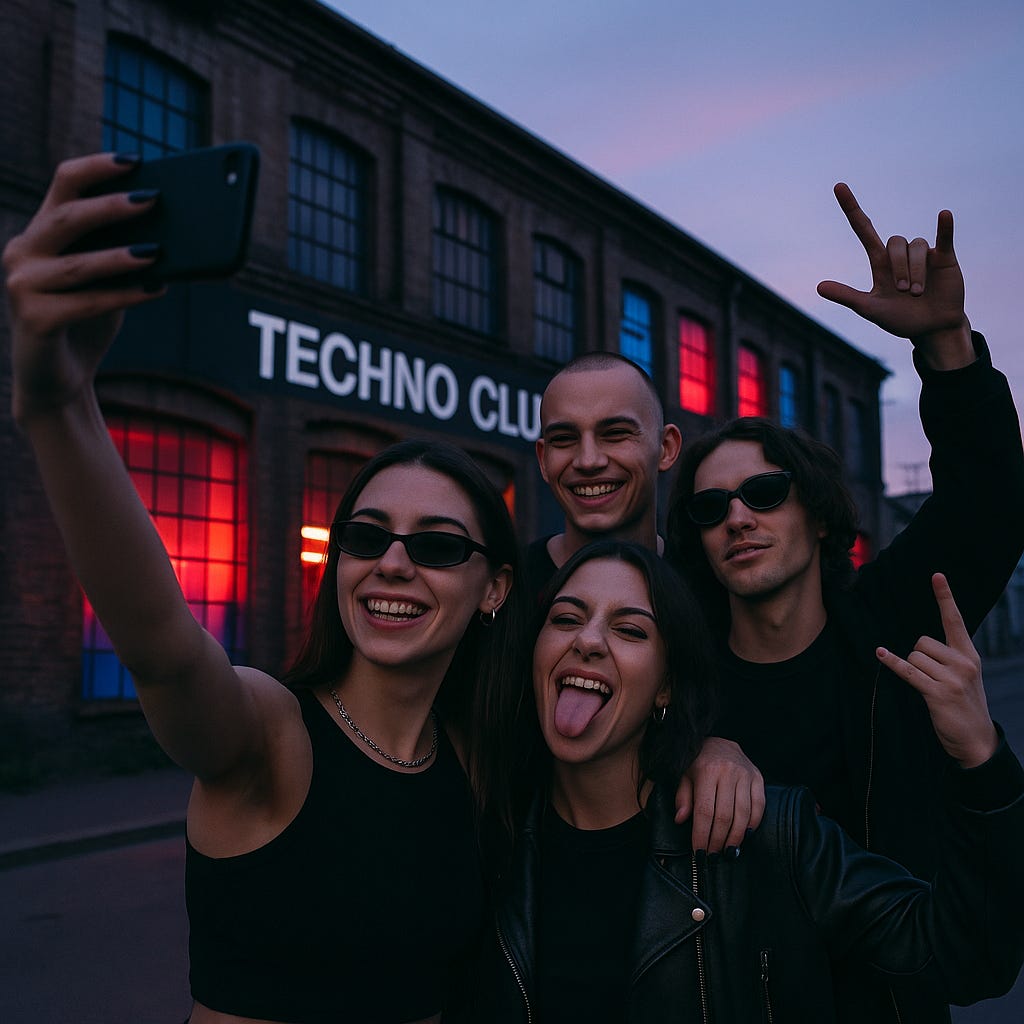How to Build a Fan Community that lasts
Before artists try to make money from superfans, they need to understand what really makes people feel part of a community. These core ideas on how to build a fan community can turn short-term attention into long-term fan loyalty and career growth.
How to Build a Fan Community that lasts
by CARLO KIKSEN from The Fanbase Builder
While the industry focuses on monetising superfans, understanding the psychology behind community membership comes first.
Why it matters
The music industry has its mouth full of monetising superfans through memberships and exclusive content. Artists might feel pressure to monetise too quickly before establishing the foundational elements that create true belonging.
Building communities requires time and consistency. Before implementing monetisation strategies, artists must understand what makes people feel like genuine community members.
By understanding the psychological elements that create a sense of belonging, artists can strengthen their connections with fans and other creators.
Strong communities benefit everyone involved and can become the foundation for sustainable careers.

How it works
For those interested in learning about communities, two excellent entry points are:
- “Sense of Community: A Definition and Theory” by McMillan and Chavis (1986).
- “The Business of Belonging” by David Spinks (2021).
In 1976, McMillan defined a sense of community as “A feeling that members have of belonging, a feeling that members matter to one another and to the group, and a shared faith that members’ needs will be met through their commitment to be together”.
McMillan, Chavis, Spinks and others describe four factors that contribute to this sense of community:
- Membership – The feeling of belonging to a group where you’re accepted and valued. It’s about connecting to others who share something important with you. Five factors define membership:
- Boundaries: A clear understanding of who belongs and who doesn’t.
- Emotional safety: Security to share feelings and be vulnerable.
- Sense of belonging and identification: Expectation of acceptance.
- Personal investment: Contributing increases perceived value.
- Common symbol system: Shared language, rituals, and identifiers.
- Influence – The feeling that you matter to the group and can make a difference, while the group also matters to you. It’s a two-way street where the individual and community can affect each other, creating a balanced power dynamic.
- Integration and fulfilment of needs – The belief that joining the community will satisfy your needs. Members feel rewarded for participating through status, success, or resources from being part of the group.
- Shared emotional connection – The bond develops through shared experiences and history. This connection grows stronger through meaningful interactions, important shared events, and the mutual investment of time and energy.
Artists can leverage these elements to build meaningful connections with fans and other artists in their niche or scene.
Yes, but..
I recognise this is quite theoretical. I enjoy diving into the academic foundations behind marketing buzzwords like “community building” and “superfans” so artists don’t have to. Sometimes understanding the underlying principles helps cut through the noise of trendy tactics and create strategies with lasting impact.
To make this more practically applicable, we’ll need to zoom in on each factor contributing to a sense of community in future editions. Today’s overview provides the framework, but the real value comes from drilling into each element and developing specific tactics.
How to Build a Fan Community: Take action now
Artists can build stronger community foundations today by reviewing existing fan interactions against the four elements:
- membership
- influence
- integration
- shared emotional connection